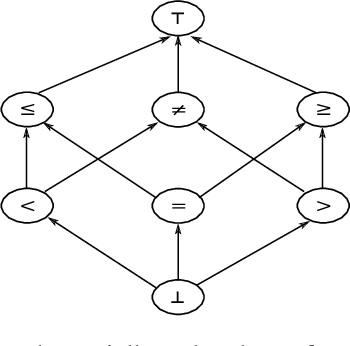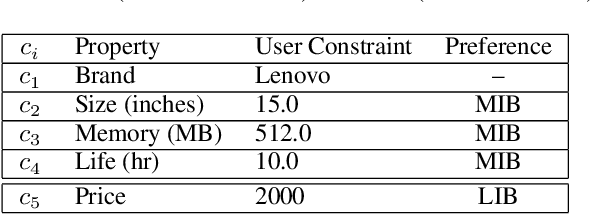Sharmi Dev Gupta
A Semantic Search Pipeline for Causality-driven Adhoc Information Retrieval
Mar 02, 2025Abstract:We present a unsupervised semantic search pipeline for the Causality-driven Adhoc Information Retrieval (CAIR-2021) shared task. The CAIR shared task expands traditional information retrieval to support the retrieval of documents containing the likely causes of a query event. A successful system must be able to distinguish between topical documents and documents containing causal descriptions of events that are causally related to the query event. Our approach involves aggregating results from multiple query strategies over a semantic and lexical index. The proposed approach leads the CAIR-2021 leaderboard and outperformed both traditional IR and pure semantic embedding-based approaches.
Finding Counterfactual Explanations through Constraint Relaxations
Apr 07, 2022



Abstract:Interactive constraint systems often suffer from infeasibility (no solution) due to conflicting user constraints. A common approach to recover infeasibility is to eliminate the constraints that cause the conflicts in the system. This approach allows the system to provide an explanation as: "if the user is willing to drop out some of their constraints, there exists a solution". However, one can criticise this form of explanation as not being very informative. A counterfactual explanation is a type of explanation that can provide a basis for the user to recover feasibility by helping them understand which changes can be applied to their existing constraints rather than removing them. This approach has been extensively studied in the machine learning field, but requires a more thorough investigation in the context of constraint satisfaction. We propose an iterative method based on conflict detection and maximal relaxations in over-constrained constraint satisfaction problems to help compute a counterfactual explanation.
 Add to Chrome
Add to Chrome Add to Firefox
Add to Firefox Add to Edge
Add to Edge